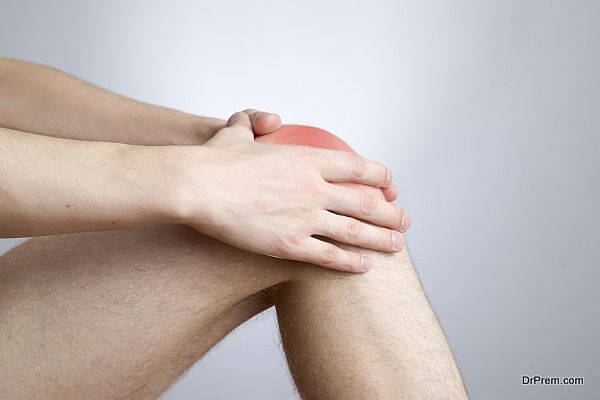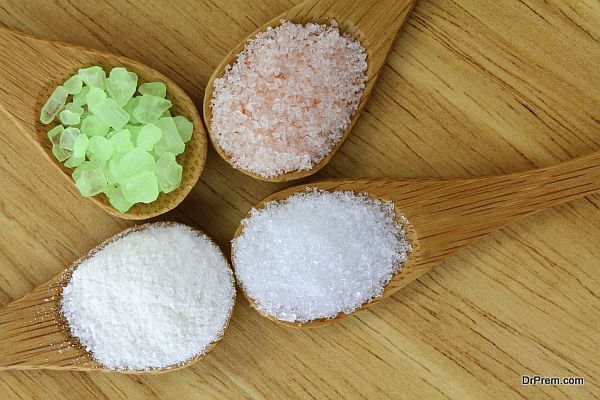Sometimes there is that one injury that remains with us no matter what. We take medications to treat it, we exercise, and we apply hot and cold compresses on the affected area regularly. But nothing seems to shake off the pain that we experience in that region. In this case, chances are you may have suffered a hit to your fascia. Wonder what in the world fascia is? Well read on to find out more.
Fascia: Collagen fibers
Fascia is a group of collagen fibers that are densely packed together and located just about 2mm from the skin surface in your body. Fascia is related to all those sheets, bags and chords that permeate, wrap and divide the bones, muscles, nerves, organs and blood vessels in the body. It is responsible for protecting the internal parts, not to mention connecting them as well. It is also responsible for retaining the basic shape of the human body.
Bodily impact
Fascia has a direct impact on the way your body functions. It impacts each and every movement your body makes. While in a healthy state, it allows for supple and smooth movement, in an unhealthy state, it reduces the flexibility of the body to a great extent. In most cases, lack of activity will lock these collagen fibers in place. With time, the fibers will thicken and form ingrained patterns over the muscles which will be very hard to get rid of in the long run.
Fascia care tips
With time and age, you will need to start caring for your fascia as well. Here are some tips that will help you in the process.
- Stretch regularly
The collagen fibers tend to form sticky adhesions in those areas that experience limited movement every day. So make it a point to stretch your entire body at least for a minute or so the moment you wake up in the morning. This will help relax your fascia and remove any adhesions that may have formed during the night.
- Hydrate your body
The body is made of 75% of water. You need to replenish the lost water levels at regular intervals in order to help the internal parts function properly. These include the muscles and tissues which need their regular dose of water as well. Lack of water in the system can lead to the development of fatigue and friction in the muscles, joints and fascia. So drink at least 8 glasses of water every day to protect your fascia from wear and tear.
- Eat nutrition rich foods and supplements
Foods rich in Omega 3 fatty acids can help preserve the health and flexibility of your fascia. These foods also help to boost the energy levels and improve cardiovascular function. Nutrition rich supplements can be added bonus when it comes to taking proper care of your fascia.
- Get an epsom salt bath
A warm salt water bath may be just what your fascia needs to loosen up after an excruciatingly long day at work. Soaking in a warm Epsom salt bath for about 15 minutes every day can also help your muscles relax properly. Follow the bath with some light exercises.
- Respect the injury cycle
The body will take its own time to recover from an injury. During this period, your fascia may have altered a bit to allow for new mechanics. Chances are you may retain these movements even after complete recovery. Instead of forcing your fascia to come back to its original state, give the latter some time to get back to its original form. This will promote quicker recovery and prevent relapses.
- Practice fascia related exercises
There are many exercises that allow you to strengthen the fascia and retain its elasticity. One of these includes the backbend stand which helps stretch the deep fascia and muscles in the chest, neck and abs.
Another exercise called the sliding chest extension helps strengthen the muscles in the chest, abs, shoulders, glutes and back. Then there is the side leg lift exercise that strengthens the fascia and muscles in the thighs.
Fascia is the group of collagen fibers just beneath the skin surface that impact our bodily movements to a great extent. It is imperative that you take good care of your fascia along with the rest of your body in order to retain the latter’s strength and flexibility in the long run.












